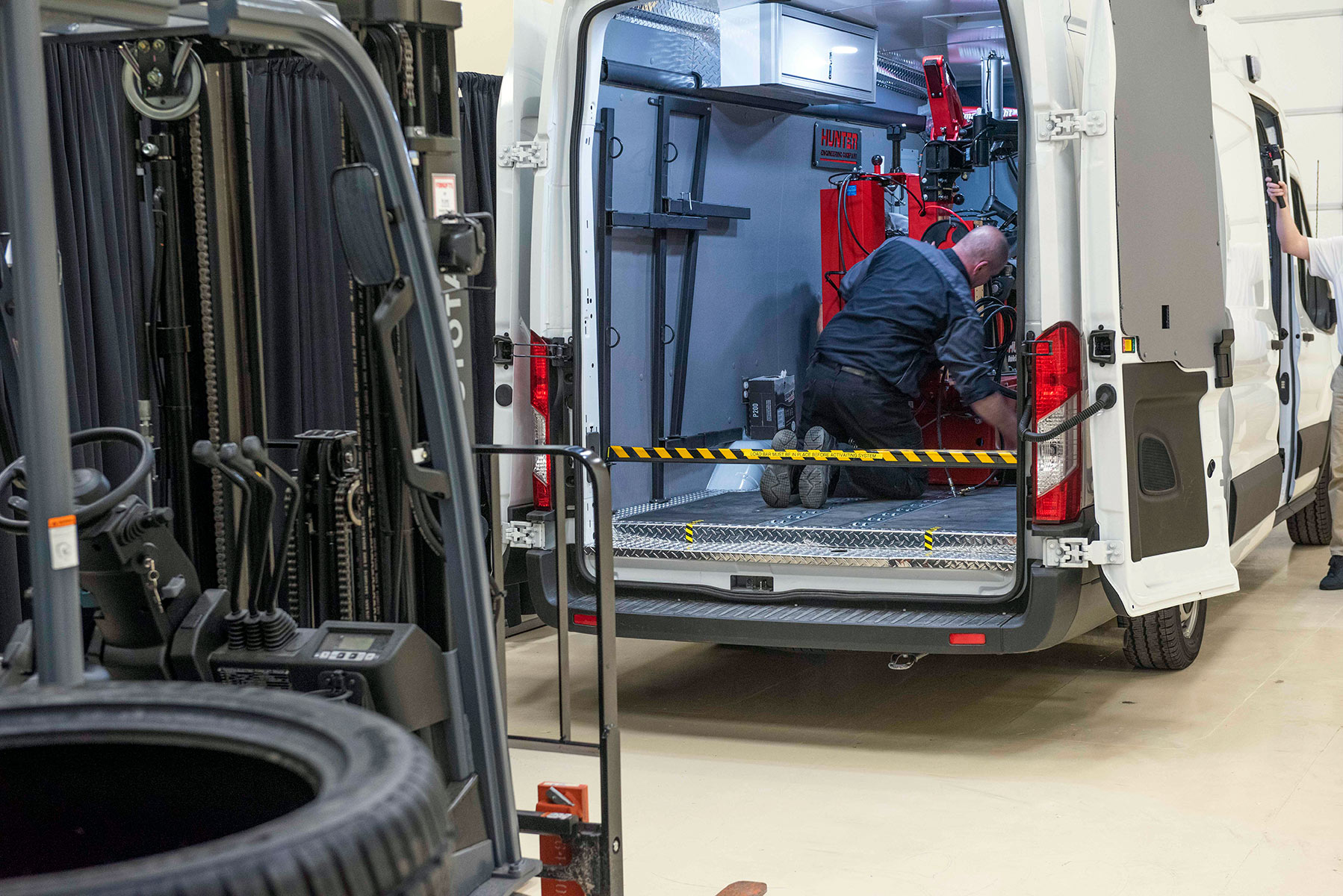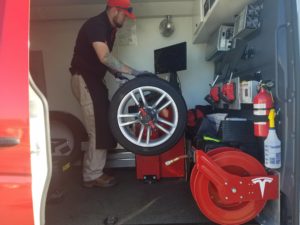Budget-friendly Mobile Tire Replacement Las Vegas - Call Now!
Budget-friendly Mobile Tire Replacement Las Vegas - Call Now!
Blog Article
Tire Solution: Proven Techniques for Optimal Tire Maintenance and Treatment
Preserving optimal tire problem is vital for both security and efficiency of any car. From guaranteeing proper tire stress to regular turning and positioning, there are tried and tested techniques that can substantially extend the life expectancy of your tires and enhance general driving experience. As we discover the ins and outs of tire care and maintenance, we will reveal crucial standards that every lorry owner must stick to for the very best possible results. Let's explore the globe of tire service and find the keys to maintaining your tires in superior shape for the lengthy haul.
Value of Tire Stress
Appropriate tire stress promotes far better gas efficiency, as under-inflated tires can lead to increased rolling resistance, causing the engine to function harder and take in even more gas. Correct tire stress ensures even walk wear, boosting tire durability and conserving money in the lengthy run by postponing the need for early replacements. Frequently changing and checking tire stress, specifically in the past lengthy journeys, is a basic yet reliable means to enhance lorry performance, prolong tire lifespan, and focus on safety on the road.
Tire Rotation Guidelines
When thinking about tire rotation guidelines, it is vital to understand the significance of this maintenance task in maximizing tire lifespan and maintaining optimal vehicle performance. Tire turning entails altering the setting of each tire on a car to guarantee even tread wear. Front tires often tend to wear much more rapidly than rear tires due to steering pressures, making normal rotation essential for balanced wear patterns. The suggested rotation pattern differs depending upon whether a vehicle is front-wheel, rear-wheel, all-wheel, or four-wheel drive. Commonly, tires should be rotated every 5,000 to 7,500 miles, or as advised in the vehicle guidebook. Neglecting tire turning can cause uneven wear, influencing handling, grip, and possibly compromising vehicle safety. By sticking to appropriate rotation guidelines, chauffeurs can extend the life of their tires, boost fuel efficiency, and boost total driving experience. Routine rotation is a straightforward yet efficient maintenance practice that adds considerably to tire long life and vehicle efficiency.

Benefits of Wheel Placement
Making sure proper wheel placement after tire rotation is critical for maintaining balanced wear patterns and making best use of vehicle performance. Wheel positioning describes the change of the angles of the wheels to the maker's specifications. Among the vital benefits of wheel positioning is enhanced taking care of and steering reaction. When the wheels are appropriately straightened, it decreases steering initiative, guaranteeing a smoother and more controlled driving experience. Furthermore, right wheel positioning aids to extend the lifespan of your tires. Misaligned wheels can cause uneven tire wear, causing premature tire substitute and enhanced maintenance expenses.

Tire Footstep Depth Examine
Executing a regular evaluation of tire step deepness is important for maintaining secure driving problems and prolonging the life expectancy of your tires. The tread on your tires plays an essential duty in offering grip, especially in wet or slippery problems. To examine your tire step depth, you can use a pop over here walk depth find more information gauge or the cent examination. The advised step depth is at least 2/32 of an inch. It is time to change your tires to make certain ideal efficiency and safety and security on the roadway if the walk deepness is below this threshold. Irregular tread wear can indicate issues with tire alignment, suspension, or stress, highlighting the importance of regular step deepness checks. Disregarding to keep an eye on and preserve appropriate tread depth can bring about lowered grasp, longer braking ranges, and an enhanced threat of hydroplaning. By incorporating tire step deepness checks into your routine upkeep timetable, you can drive with confidence knowing that your tires remain in top problem.
Seasonal Tire Evaluation
Seasonal tire evaluation is a fundamental aspect of tire upkeep that makes certain tires are all set to encounter the obstacles presented by various weather condition conditions. In preparation for wintertime, it is essential to examine the tire stress consistently as cool temperature levels can trigger tire pressure to go down. By conducting routine seasonal tire examinations, drivers can prolong tire life expectancy, improve gas efficiency, and most importantly, make certain a safe driving experience in varying climate problems.
Final Thought
Finally, maintaining appropriate tire pressure, revolving tires frequently, aligning wheels appropriately, checking step depth, and performing seasonal assessments are important practices for ideal tire care. By adhering to these confirmed techniques, vehicle drivers can ensure their tires last longer, do much better, and add to overall vehicle safety and security. It is necessary to focus on tire maintenance to stop crashes, boost gas effectiveness, and prolong the life expectancy of tires.
Adequate tire pressure promotes much better gas efficiency, as under-inflated tires can lead to boosted rolling resistance, creating the engine to work tougher and take in even more gas.When thinking about tire rotation guidelines, it is necessary to understand the value of this upkeep job in optimizing tire life-span and maintaining ideal automobile efficiency. have a peek at these guys Seasonal tire inspection is a fundamental element of tire maintenance that makes certain tires are ready to face the difficulties presented by various climate problems. By performing routine seasonal tire assessments, chauffeurs can lengthen tire lifespan, enhance fuel efficiency, and most importantly, guarantee a safe driving experience in differing weather condition problems.
In final thought, keeping proper tire pressure, revolving tires frequently, straightening wheels appropriately, keeping an eye on walk deepness, and conducting seasonal inspections are essential practices for optimum tire treatment.
Report this page